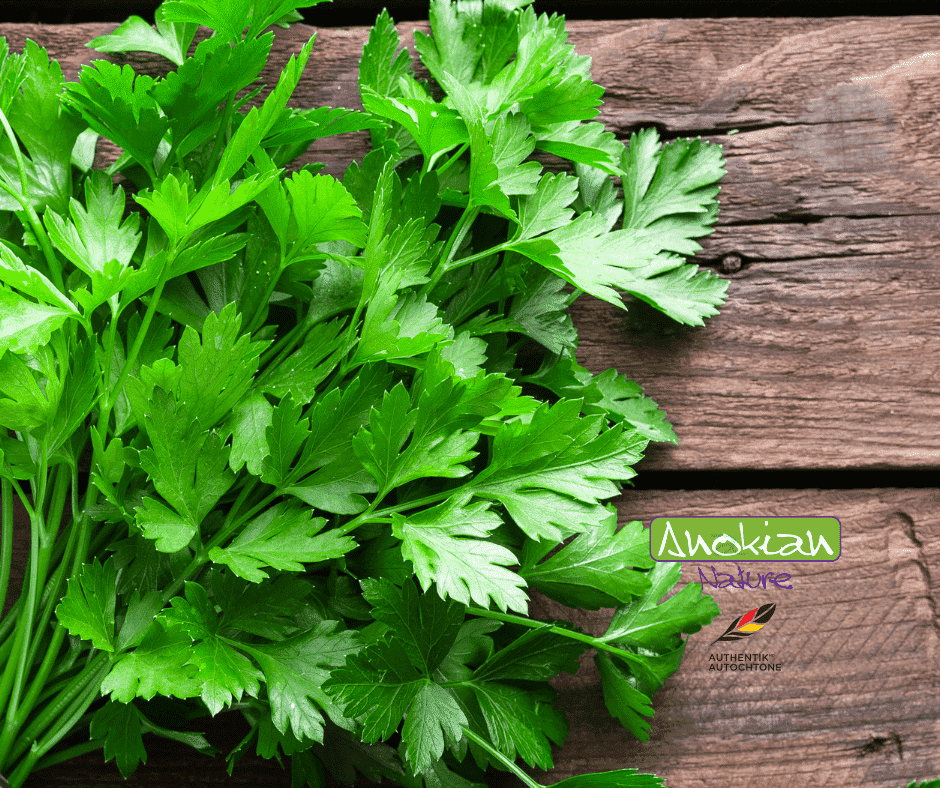Skip to product information










Seed | Italian Parsley
$3.99 CAD
Quantity
Grow authentic Italian parsley with flat leaves and a robust flavor, ideal for enhancing your Mediterranean dishes. These selected seeds offer vigorous growth and excellent resistance to variable conditions.